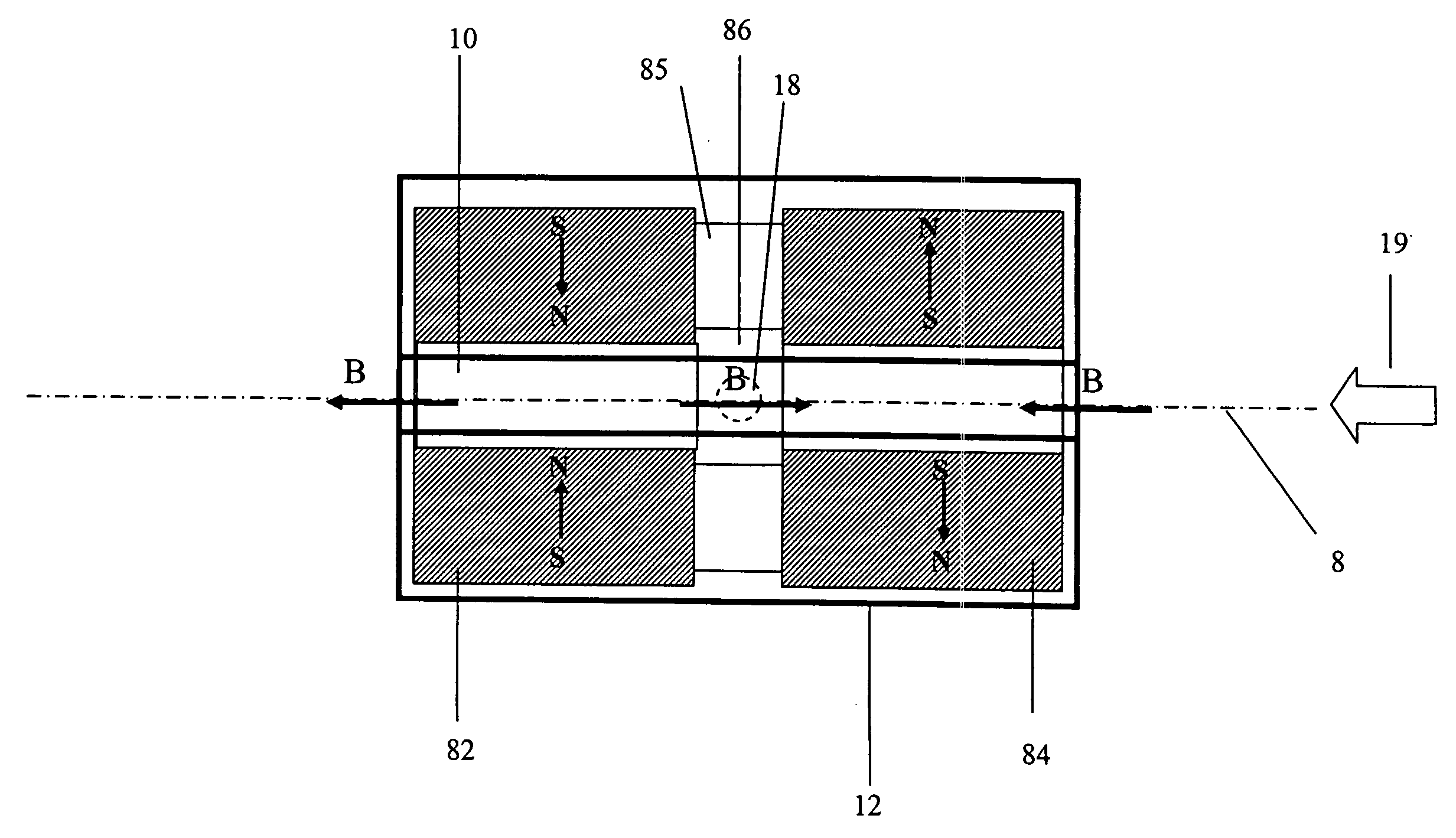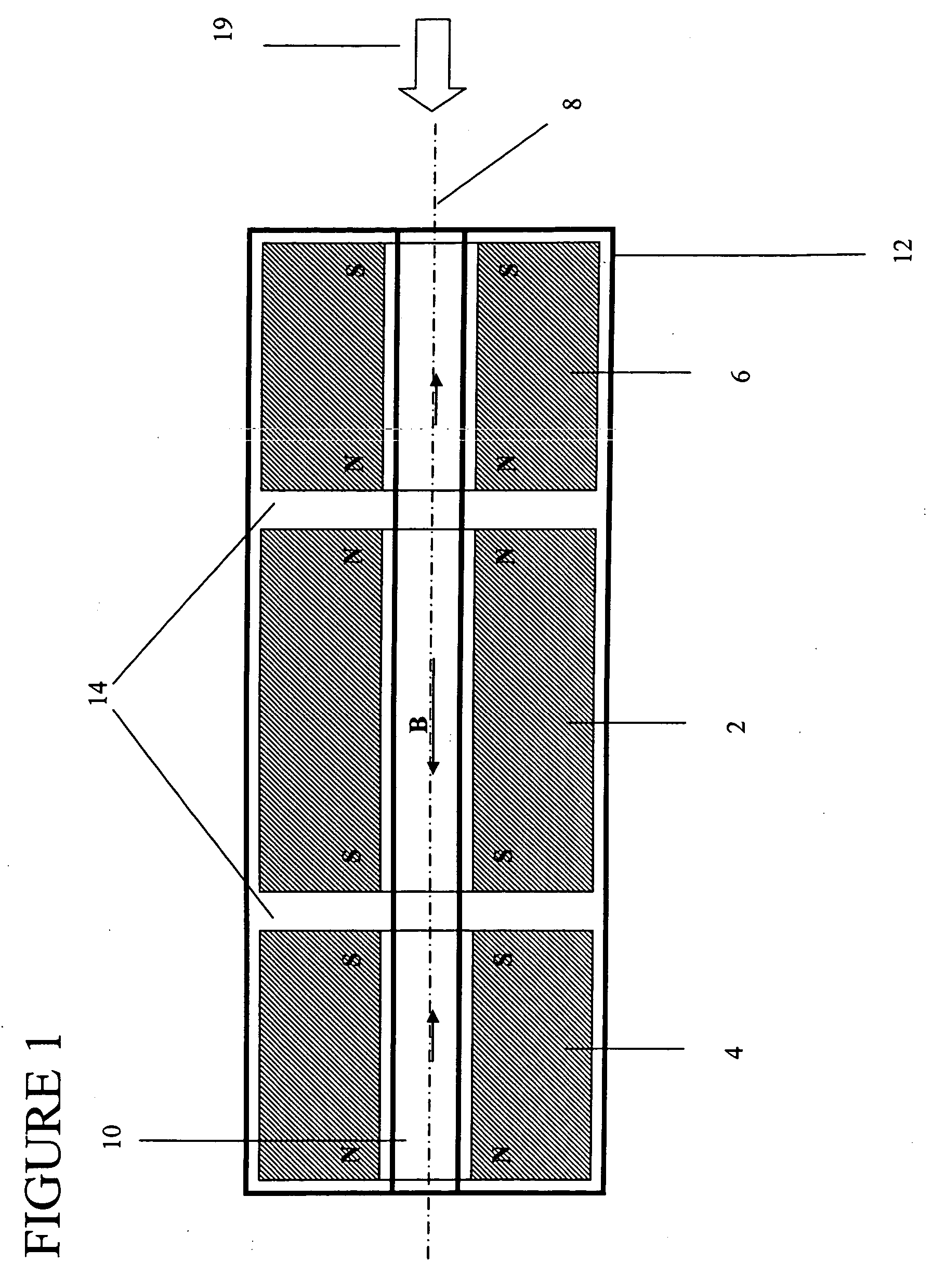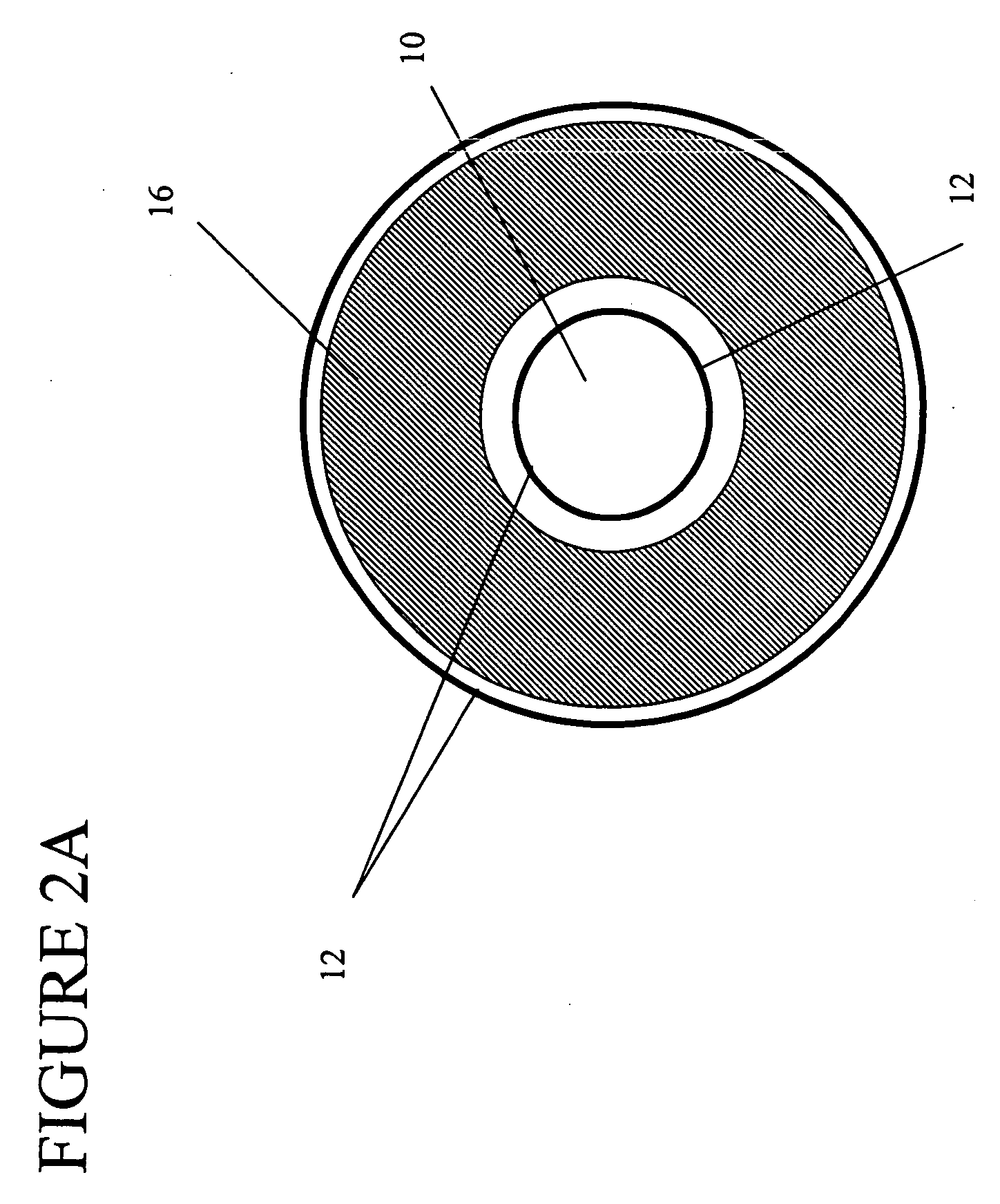Permanent magnet structure with axial access for spectroscopy applications
a permanent magnet and spectroscopy technology, applied in the field of permanent magnet structures, can solve the problems of increasing the cost of high-power electromagnets, reducing the portability of electromagnets, and inherently large and expensive magnets, and achieve the effect of eliminating or overcoming them
- Summary
- Abstract
- Description
- Claims
- Application Information
AI Technical Summary
Benefits of technology
Problems solved by technology
Method used
Image
Examples
Embodiment Construction
[0043] While the invention will be described in connection with certain preferred embodiment, there is no intent to limit the present invention to those embodiments. On the contrary, all alternatives, modifications and equivalents as included within the spirit and scope of the invention are part of the present invention.
[0044] For the purpose of this invention a spectrometer can be any of mass spectrometer (MS), nuclear magnetic resonance (NMR) spectrometer, electron paramagnetic resonance (EPR) spectrometer, and magnetic resonance imaging (MRI) spectrometer, ion mobility spectrometer (IMS), or any combination thereof.
[0045] For the purpose of this invention a mass spectrometer can be any of (but not limited to) mass spectrometry of ion cyclotron resonance with or without Fourier transform to generate mass spectra, time-of-flight mass spectrometry, quadrupole mass spectrometry, and radio-frequency ion trap mass spectrometry, wherein the trap can be either three-dimensional or two-...
PUM
 Login to View More
Login to View More Abstract
Description
Claims
Application Information
 Login to View More
Login to View More - R&D
- Intellectual Property
- Life Sciences
- Materials
- Tech Scout
- Unparalleled Data Quality
- Higher Quality Content
- 60% Fewer Hallucinations
Browse by: Latest US Patents, China's latest patents, Technical Efficacy Thesaurus, Application Domain, Technology Topic, Popular Technical Reports.
© 2025 PatSnap. All rights reserved.Legal|Privacy policy|Modern Slavery Act Transparency Statement|Sitemap|About US| Contact US: help@patsnap.com



